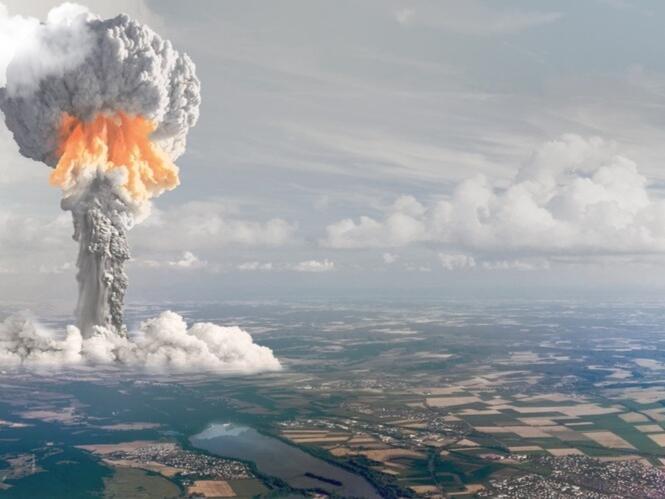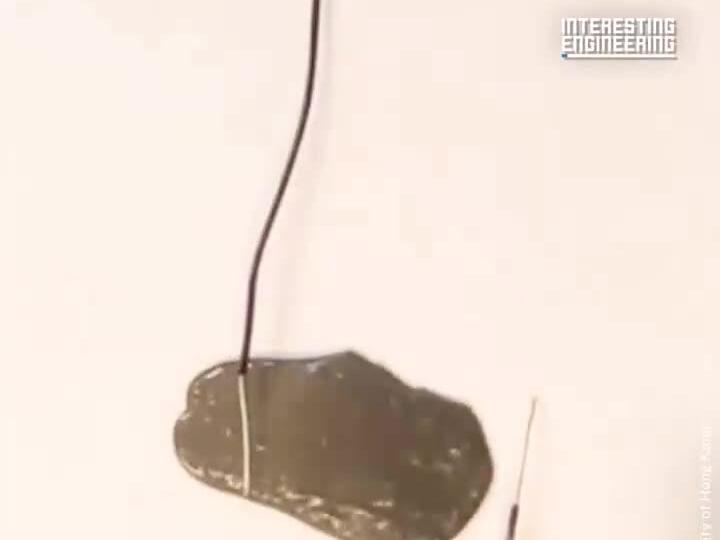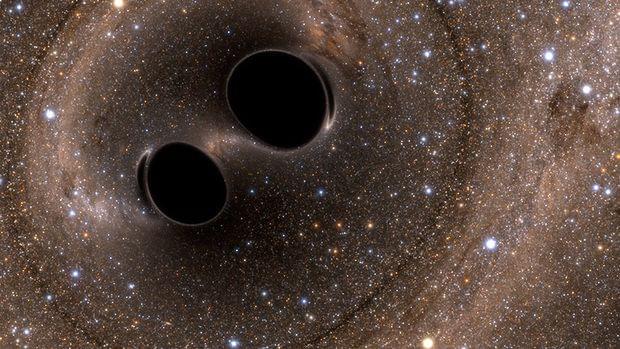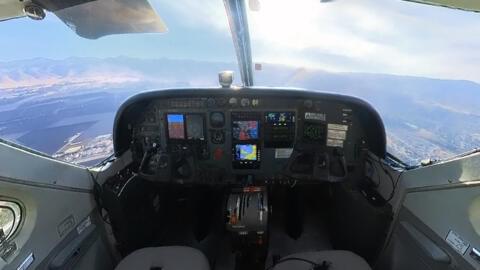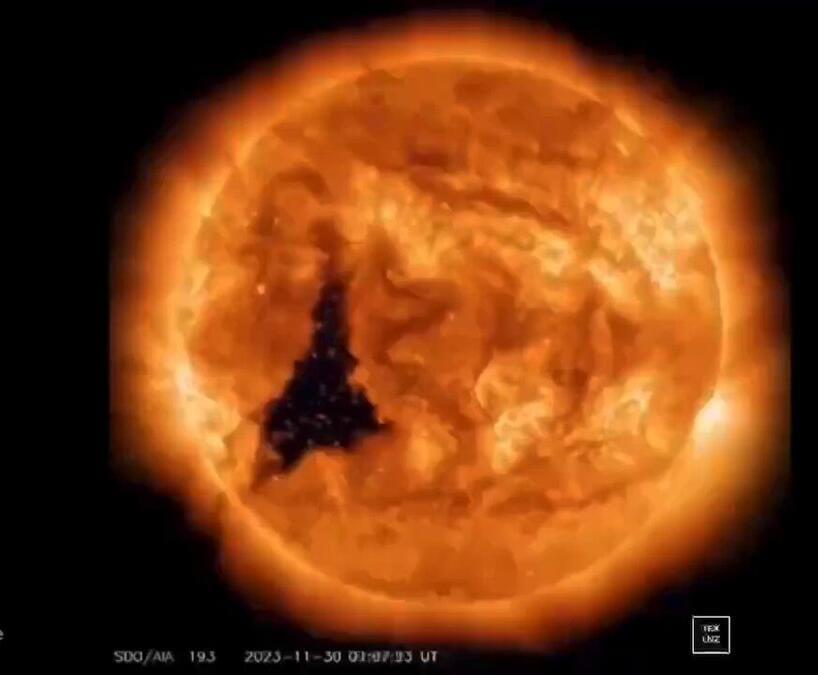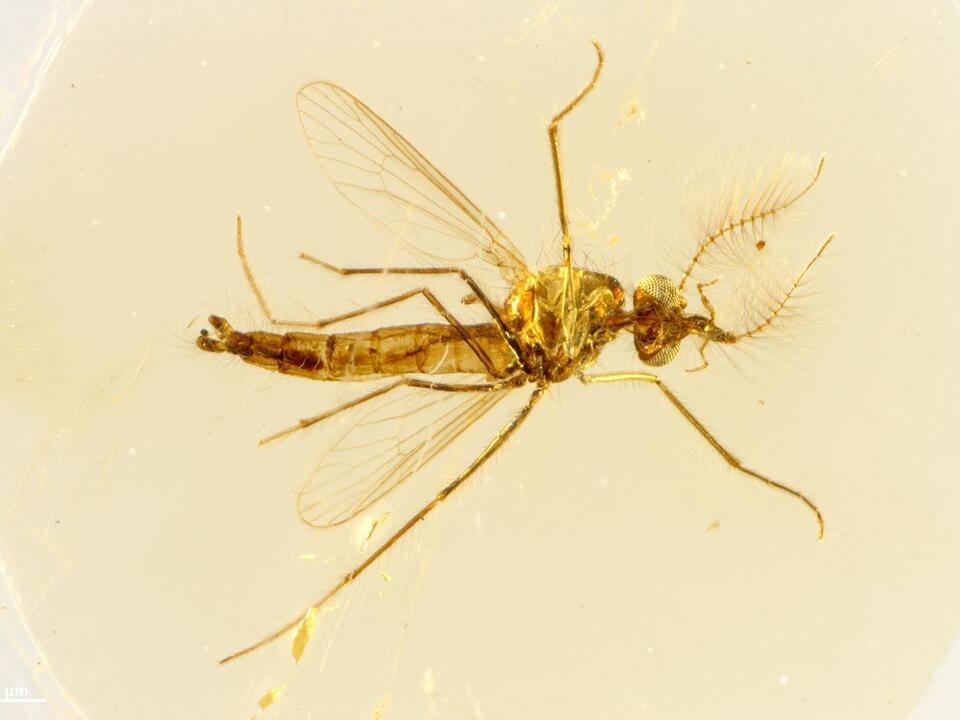
As someone who never lived in the extreme northern latitudes of Earth, I always found it exciting when I heard auroras might be visible farther south. I would always crane my eyes skyward, hoping I could see those ghostly dancing lights, almost trying to wish them into existence. Alas, I was never that lucky. Though as we approach solar maximum in 2025, we ought not to only get excited about seeing auroras, but perhaps also ask: What could a powerful geomagnetic storm do to our technological infrastructure?
Geomagnetic storms can be triggered by either coronal mass ejections, giant bubbles of plasma erupting from the surface of the sun, or very powerful solar flares. It’s because these events can accelerate particles to extremely fast speeds. And when some of those particles hit the Earth’s magnetic field, this generates what we see as brilliant auroras — however, those particles can also damage satellite equipment and even harm astronauts in orbit.
A truly gigantic magnetic storm has not affected the Earth in well over one hundred years — and since then, technology has changed quite significantly. Satellite communications, air travel and the power grid have been brought into existence, and they all can be impacted by these events. Yet, scientists aren’t quite sure what, exactly, would happen to the integral technological components of society if a major solar storm shrouded Earth with charged particle showers.
